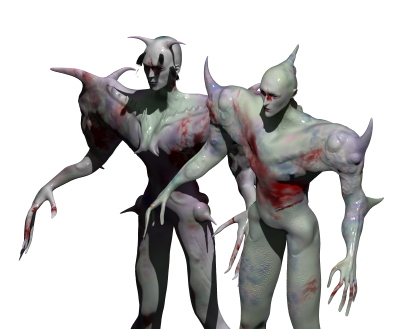
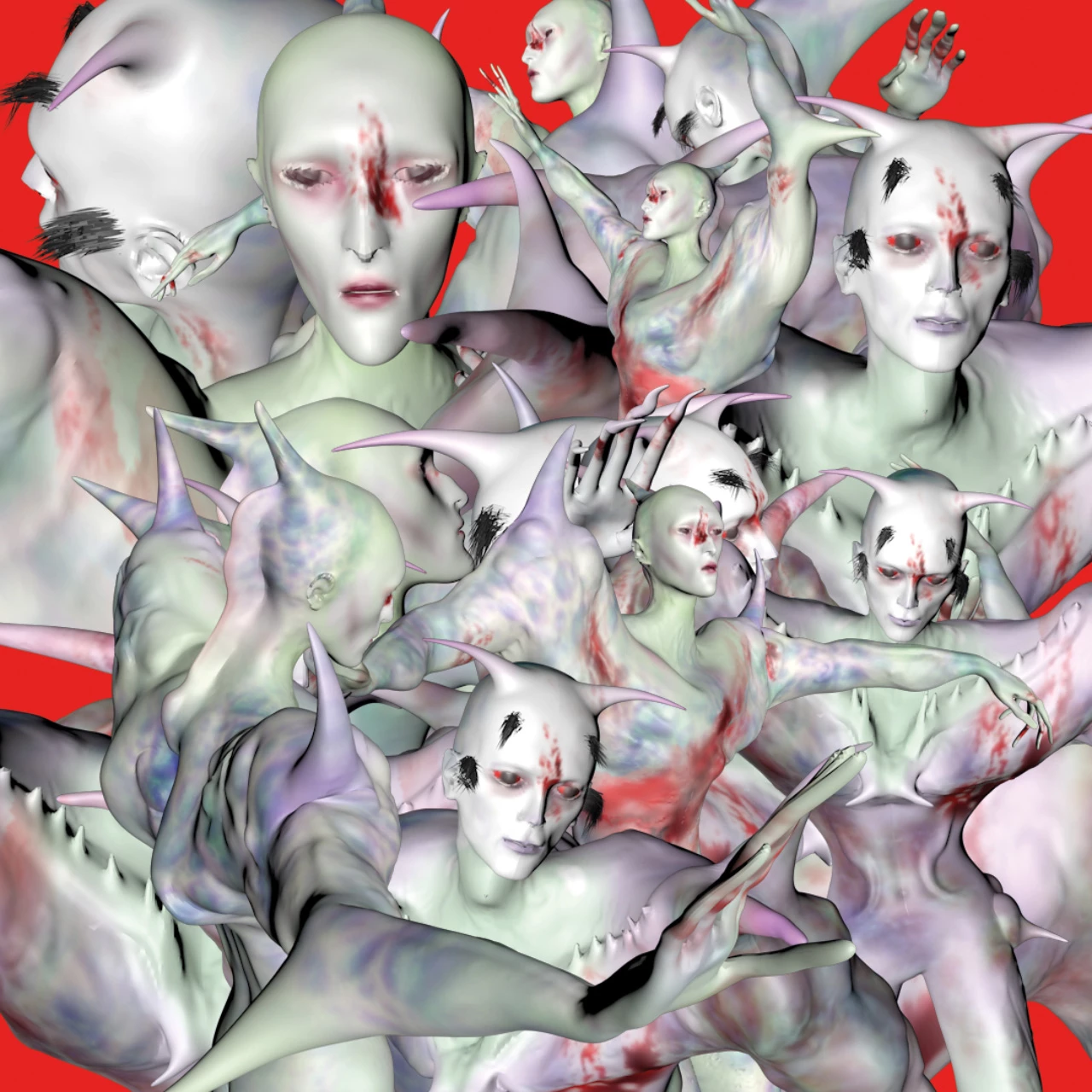
- Date
- 08 FEBRUARY 2023
- Author
- DAVIDE ANDREATTA
- Image by
- CRIN AERIS
- Categories
- Aesthetics
Is technology edible? Is it possible to dance on its by-products? An interview with Crin Aeris
Crin Aeris (@crin.aeris) is the new project of visual artist Andrés Tena (@andrestna) and musician Cruhda (@cruhda.pgv), two inseparable cousins who decided to start making music together.
A newly born project that can be compared to a hybrid mutation arising from the fusion of flesh and virtual realms: the name itself brings together the beauty of a horse’s mane (Crin) and a character from Final Fantasy (Aeris).
Today we are premiering the video for escorpionne, their new single which we discussed together during the following interview.
«the inanimate, the homeland, / now requests return –:» writes Paul Celan in his poem WIRF DAS SONNENJAHR. Crin Aeris is interested in exploring what comes after this return. Because there’s no chance of staying still and even dead things must keep moving. Extracting the dark and hostile matter of the most contemporary technology and turning it into something enjoyable, edible, danceable, sensual, the duo shapes communal spaces where non-binary relations can be instituted. Very different from a restoration of the status quo or an attempt to get in the way of death, this is an androgynous homecoming (building its own house during the process itself).
The visuals accompanying escorpionne, a track that might be classified as a mix of reggaeton and deconstructed club music, are worth at least a few words, or whatever can replace them in the description of this queer upcycling of wasted tutorials, commercials and visual artifacts.
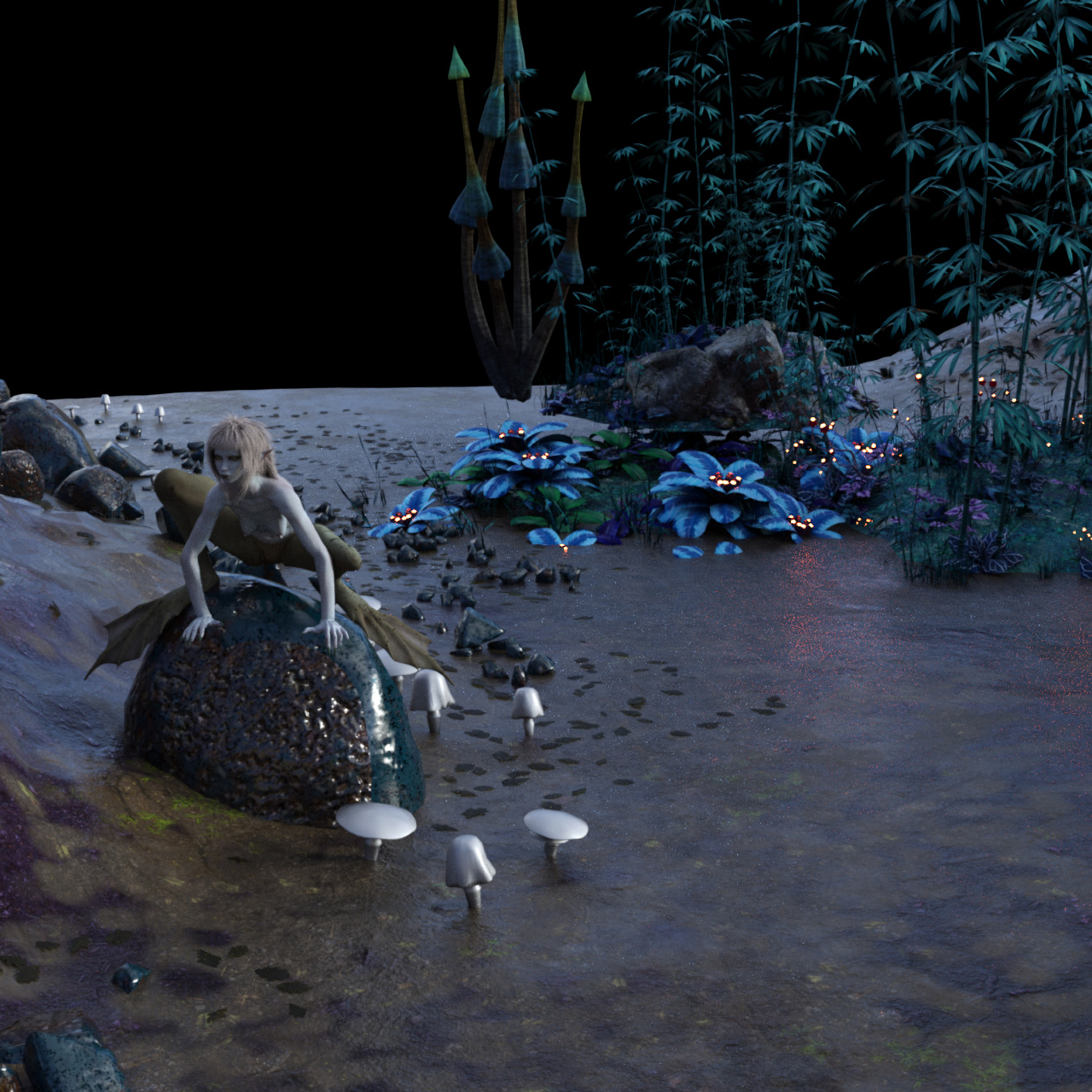
In the last segment of the video a parallel between bodybuilding and alien bodies is instituted, thus suggesting that, as for technology, a sufficiently extreme enhancement of these bodies turn them into entities alien to socially regulated human flesh and even to themselves. Aliens fall outside the social field and not only because they don’t belong to this wasteland of a planet we live in: only weirdos, conspiracy theorists and theology nostalgics can entertain with them.
The first objection might focus on the constant perfecting that social structures impose on individuals: Mr Olimpia is not a showcase of bodies subtracted to Area 51 but rather the most accurate representation of neoliberal societies. Fair enough. There is however an excess, an expenditure (Bataille’s general economy), that denaturalizes those same bodies and force them to escape that norm that ideology tries to disguise as “natural”, the same way technology evolves only to flee the human security system (which previously she utilized as springboard).
Technology and the body become alienated from their origin and “owner”, a fracture takes place between them and their context of birth. To become alienated: an extraterrestrial and frightening instance of the verb “to ALIEN-ate”.
Obviously I can still see the humanity in them after their transformation but it is the humanity of a skinwalker, the stretched humanity of a vessel that can hardly contain what possesses it, what’s in the driver seat. The bodybuilder body is a spaceship. Every spaceship is the artwork of a trans engineering, a cut up that has more to do with Genesis P-Orridge than with a real interest in space.
Premiering today on Red Eye, Crin Aeris’ escorpionne is an illustrated manual.
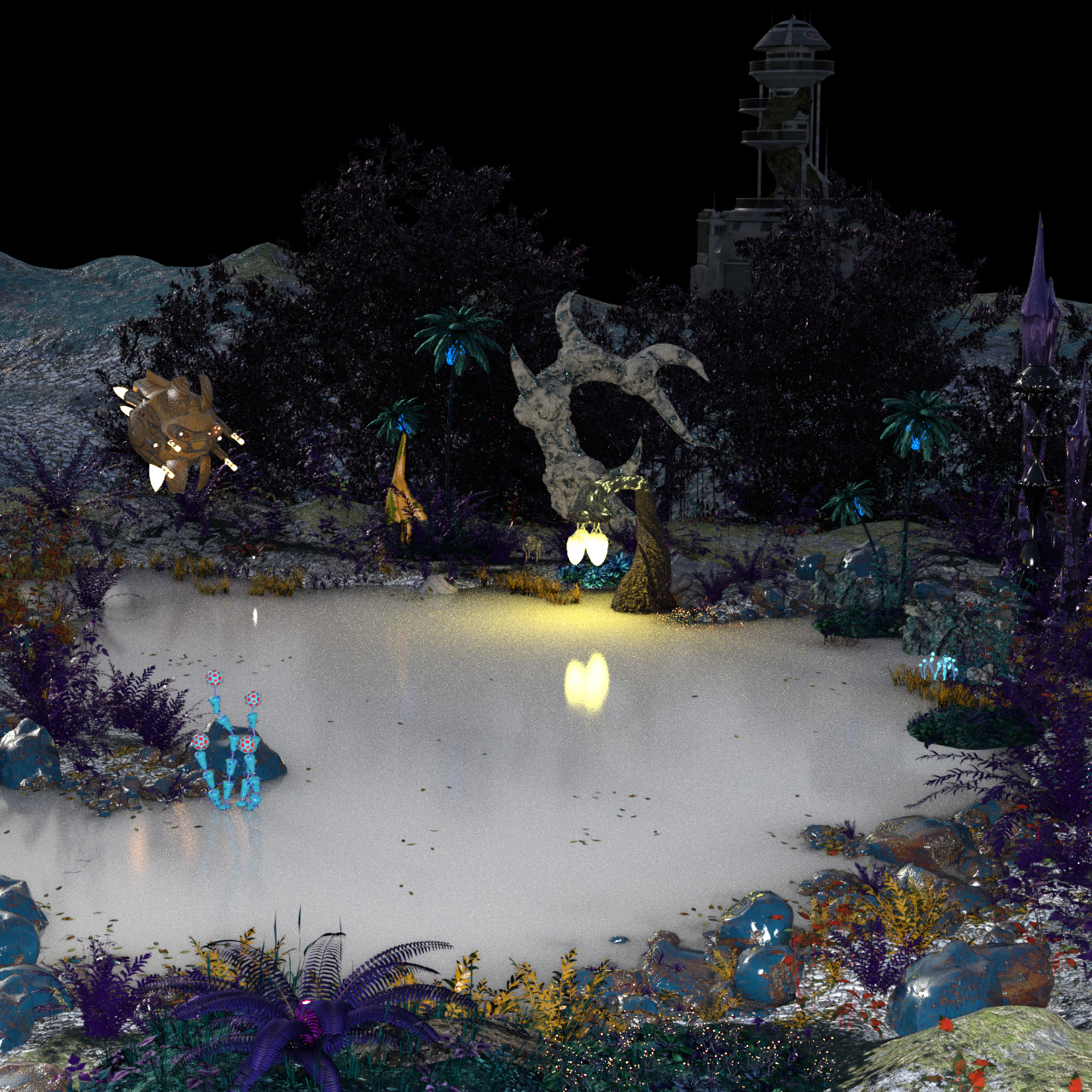
To warm up, I’ll start with a preliminary question about the encounter that sparked this project. When did you decide to start a music project together? How did your different artistic paths merge?
Paula: They merged naturally because of our habit of spending time together. At that moment we both lived in Madrid and my cousin Andrés was starting to design sounds in FL studio. One day we opened one of his projects and started to add new lines of sound. And the second day we opened a Tempranillo bottle of wine and started to sing and record on top of it. Of course the outcome was terrible, but we loved the process. And this is how we started to meet to do music together and develop a method.
Andrés: Since we met we have had a very good connection, and as Paula says, everything came about in a very improvised way. Operating within different artistic areas has broadened the horizons of Crin Aeris, and has meant that it is not a corseted project, but one that surprises and allows us to do things that perhaps we would have never considered had we not joined forces.
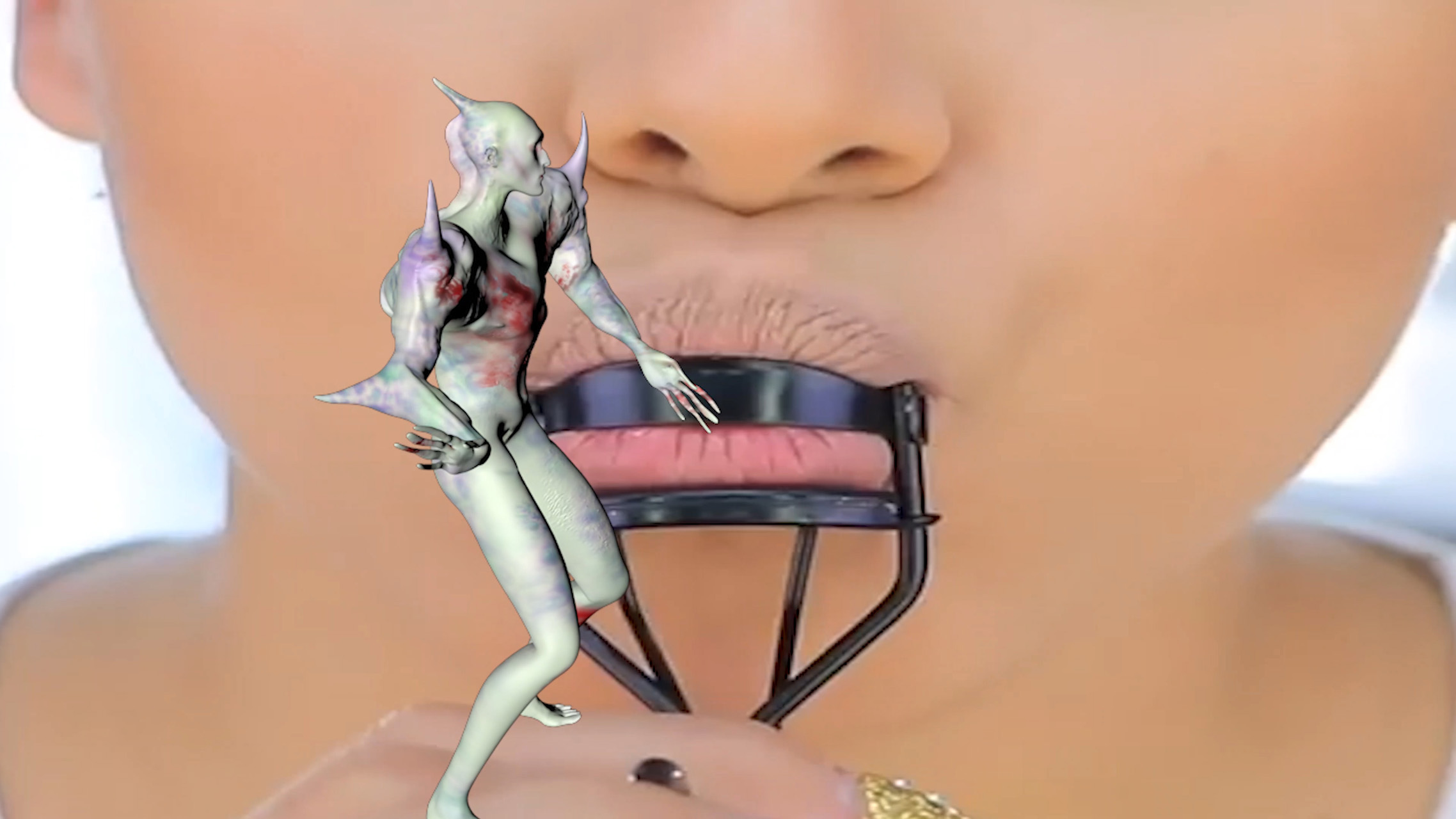
For your lyrics you recur to many different languages (English, Spanish, Japanese,...) which is something I find very coherent with the overall aesthetic drive of the project. I strongly believe that transness has always been art’s eminent condition, not in its themes of course, but certainly in its methods. Is multilingualism queer in your opinion?
Paula: Transness is indeed art’s inherent condition. Art is what goes beyond the limit and builds something new out of it. When concepts and words fail us, art can help us reach what’s beyond common expression. In this sense, this kind of language which is not constrained by the norm has something in common with queerness. And I guess queerness will never stop testing its limits. Maybe queerness is an artistic form of human existence : )))
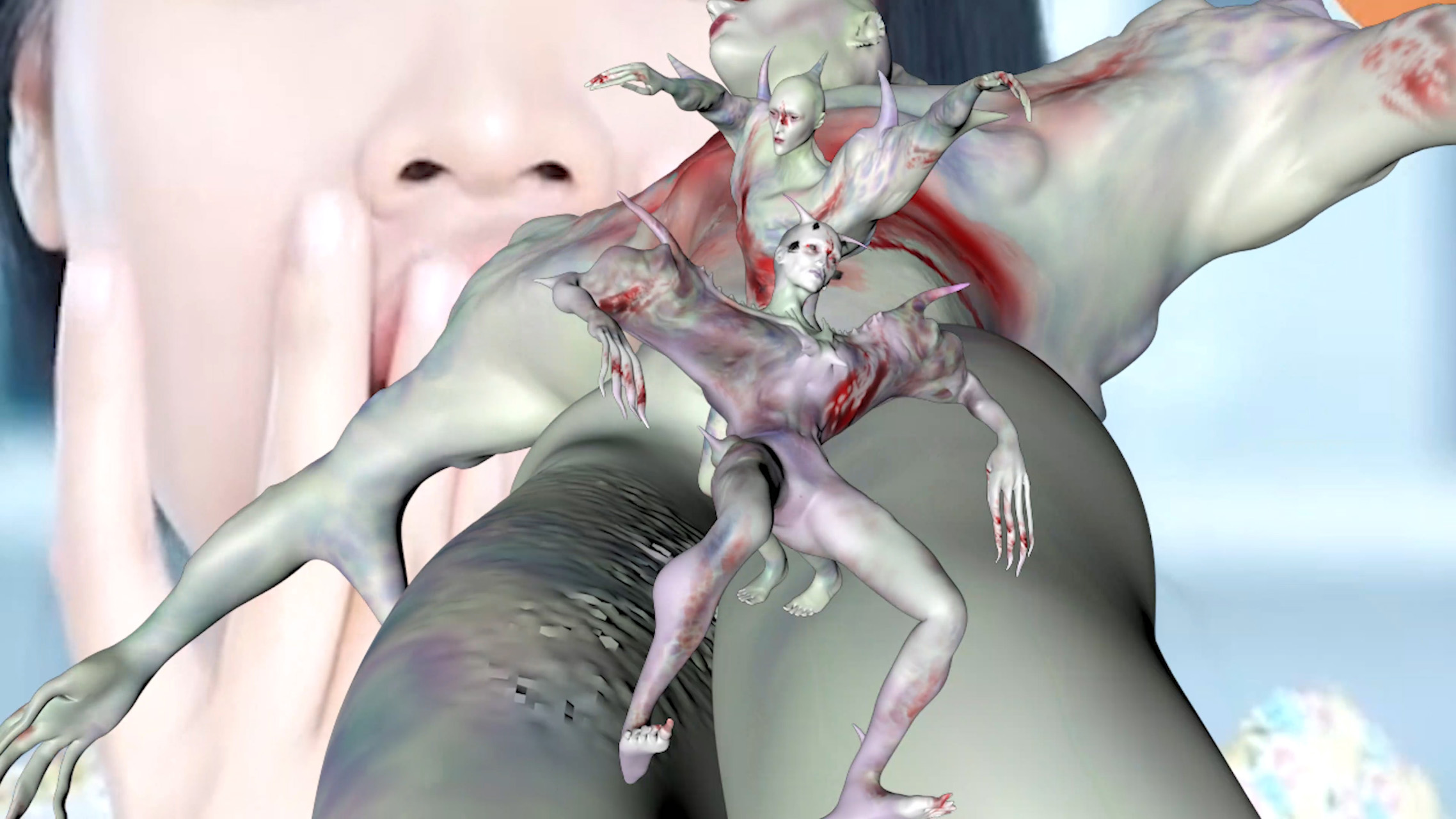
How does the creative process unfold? Paula you’re a musician while Andrés you’re a visual artist, so I’m curious to know how you two are used to combining your different skill sets.
Paula: I guess we are artists in a broader sense. My cousin Andres is very keen on emotions and images, but also very attentive to details and a perfectionist: these features, applied to sound, make him a very good sound designer. Mostly, he carries the visual weight of the project. In my case I have a bit of an eagle eye for building structures, harmonies, composition. Definitely more abstract thinking. We make a very good team.
Andrés: Paula usually brings a warm analog feel to the sounds I create with the FL. For my part, I really enjoy "painting the sound" in some way and doing a detailed search for the most appropriate one.
On a visual level, we also tune in and as the project progresses, it becomes increasingly clear to us where we want it to go. The technical execution falls more on me, but we always both talk about the concepts or select the elements that we are going to use for the visual creations.
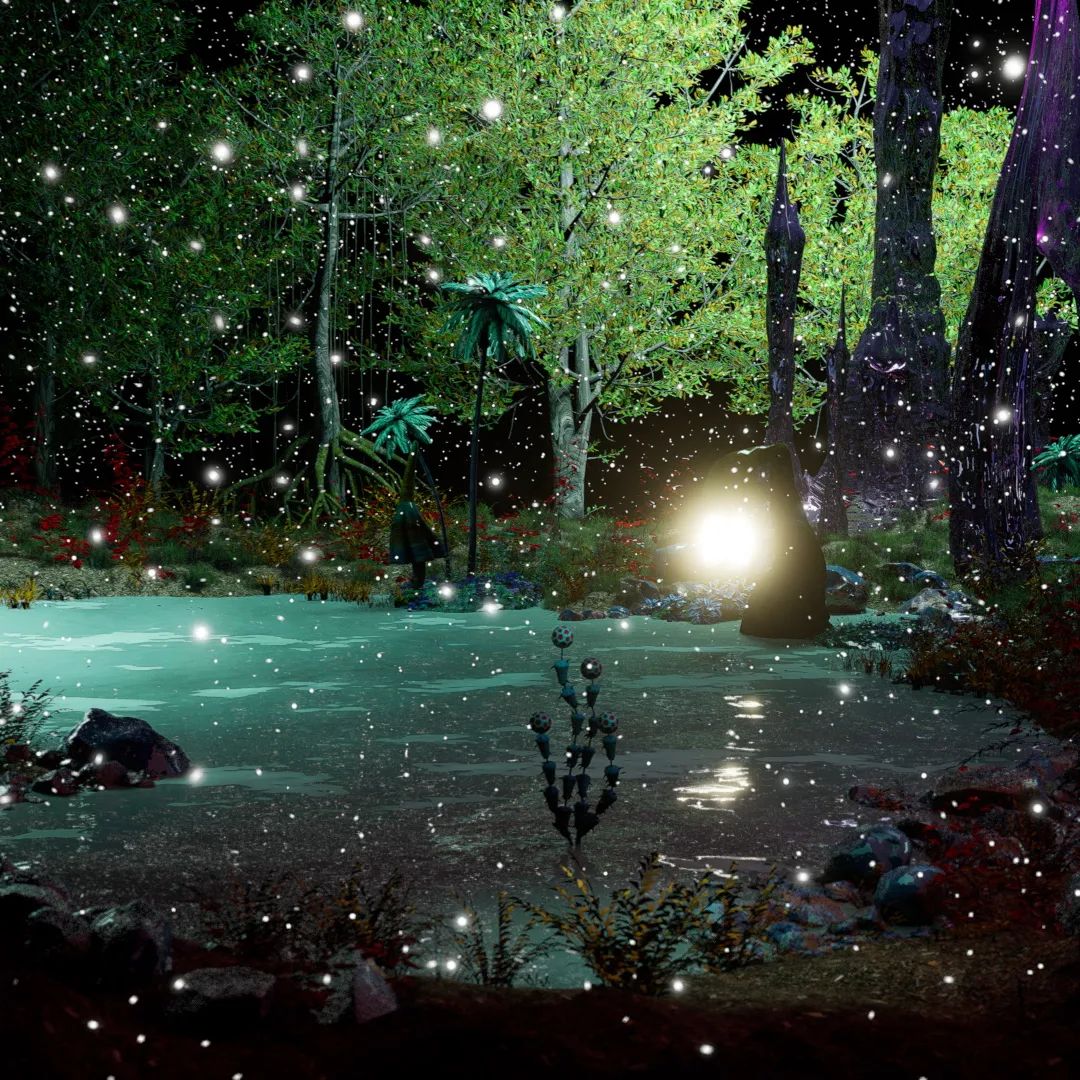
I’ve been told that the project’s name has a cool background story. Can you expand on that?
Andrés y Paula: Crin Aeris, in the end, is the union of two disparate elements that create a peculiar set. It is the fusion of the animality and beauty of a horse's mane (Crin) with the virtual world that represents the contemporary possibility of falling in love with a Final Fantasy character (Aeris). Connecting the animal with the virtual. Connecting meat and beats.
Perhaps something from our unconscious also participated in the creation of this name, Crin Blanc by Albert Lamorisse is the film that marked my childhood and Pont Aeri has also exercised influence on our souls. (laughs)
Do you plan to release a whole album or you’re just content with dropping isolated bites here and there? This second option might be the most suited to the rescuing of contemporary wastes that the project thrives upon but an album or an EP could be a compelling challenge.
Andrés: It is not entirely clear yet. For now, we have some finished songs and others waiting for the last magical touches. We still don't know the format the project will finally have.
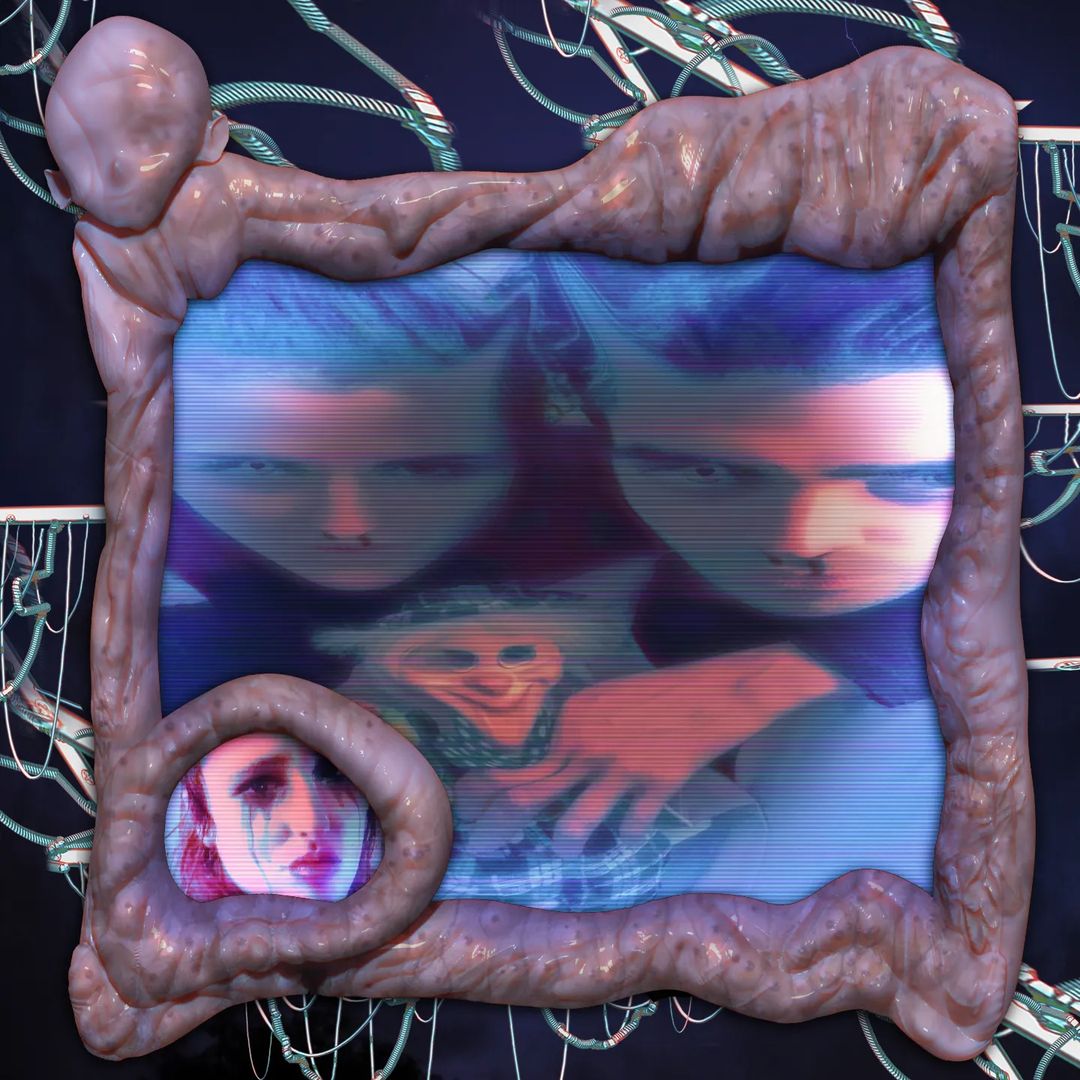
The Internet and videogames are clearly huge sources of inspiration for your creations. In escorpionne every image lives on the verge of memefication. In a few authors’ view, the virology model is not the best suited one to describe how memes work. They are closer to collectively administered rituals where a share of secret knowledge is required to participate in the semiotic flow. In this sense, memes can act as a disrupting force generating a renewed community (with all the risk involved: 4chan and fascist Discord’s channel have their own memetic arsenal). In your opinion, how should a queer dispositif approach the internet pit?
Andrés y Paula: We believe norms and rules always come after artistic expression. Artistic expression comes first. It plays with reality and rebuilds it. Afterwards norms tend to appear. In this sense we are not able to say how a queer dispositif should approach the internet. We would rather draw a flying pony emanating cosmic sounds and fluids all over the universe.